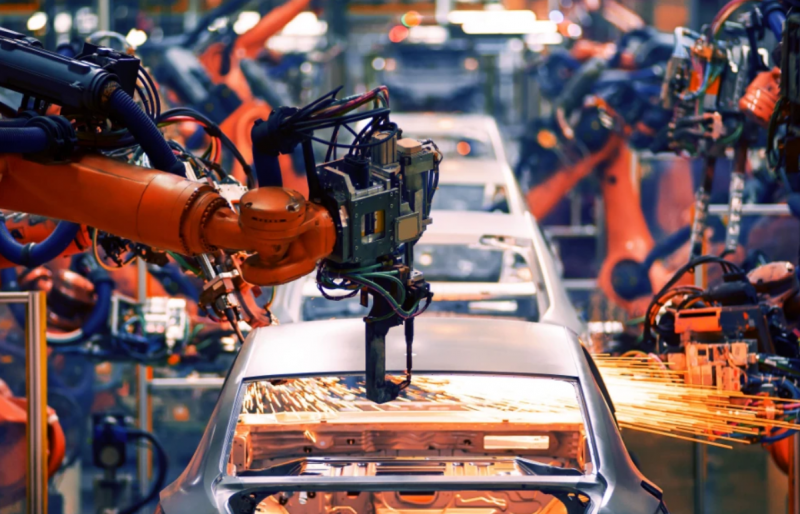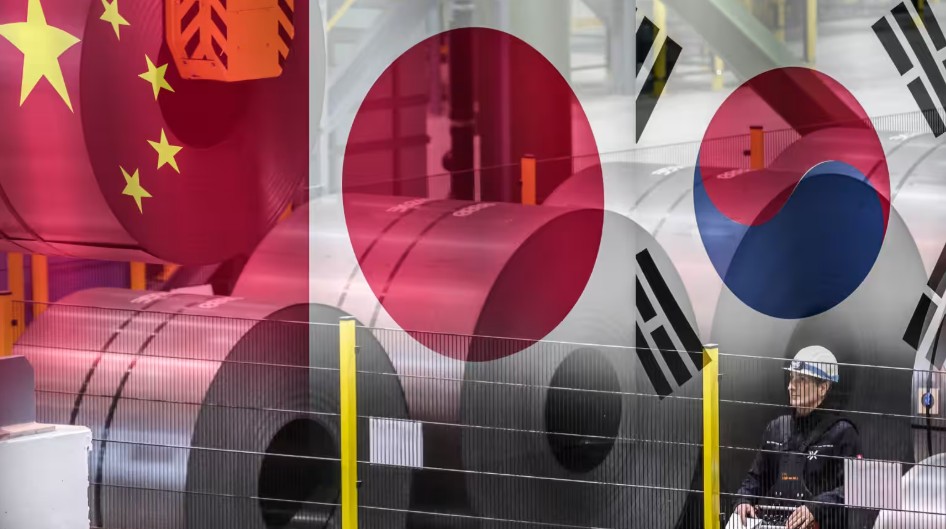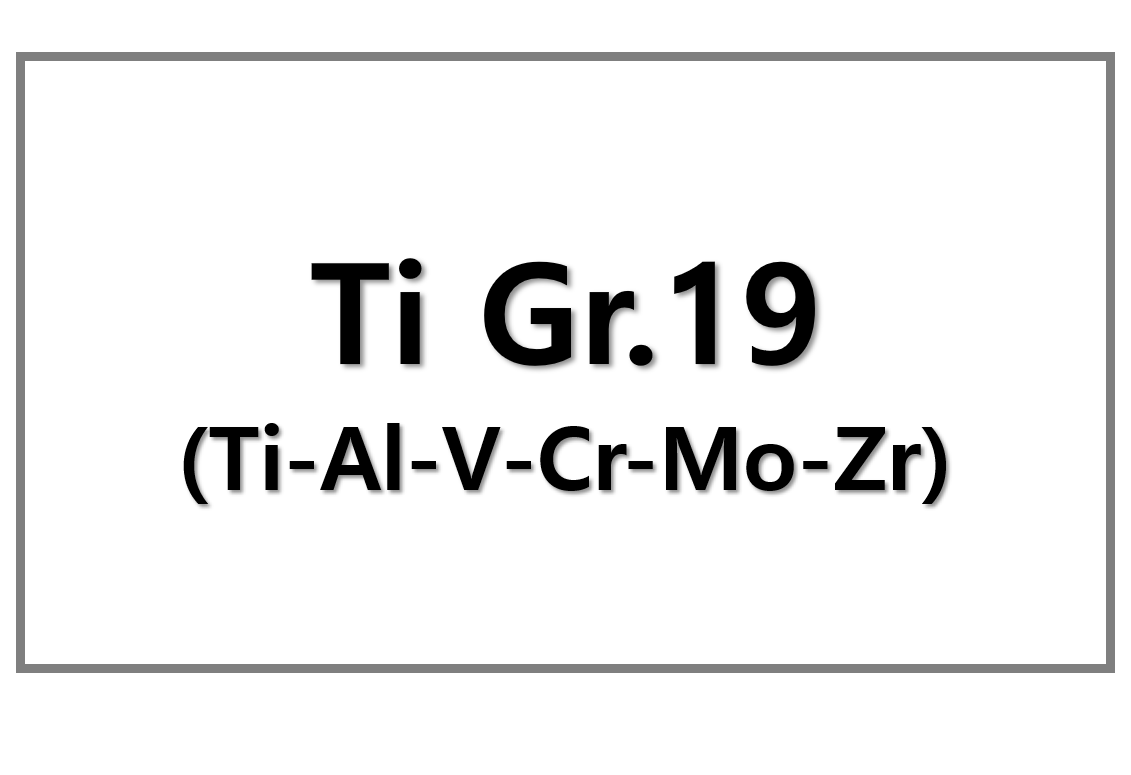
The US tariffs on European steel and automotive products are expected to reduce demand for steel in Europe’s automotive sector. The 25% import tariff, imposed by the United States on March 26, is particularly impactful to suppliers in Europe’s automotive industry, which is already facing challenges due to electric vehicle (EV) demand and financial difficulties.
Impact of US Tariffs on Steel Demand and Car Manufacturing
Although the United States temporarily reduced its tariffs to a 10% rate, the 25% tariff on steel and automotive products remains in place. This decision, coupled with a decline in electric vehicle demand and financial strains in the European automotive sector, has led to negotiations for steel contracts stretching well into the first quarter of the year.
Steel suppliers are particularly concerned about the automotive industry, which uses approximately 17% of the EU’s total steel. The forecast suggests a further decline in steel demand due to these tariffs, adding downward pressure on steel prices. This situation follows years of uncertainty caused by the shifting dynamics of the global automotive market.
Declining US Exports and the Shift to EVs
The introduction of tariffs has worsened export prospects to the US, with expected declines in German and Italian automotive exports. According to Oxford Economics, these exports could fall by 7.1% and 6.6%, respectively. Spanish and French exports will experience more modest declines.
Germany remains the largest contributor, with major brands like Audi affected by these tariffs. Audi’s US exports dropped significantly, from 228,550 cars in 2023 to just 196,576 in 2024. Additionally, other companies such as Jaguar Land Rover have paused shipments due to the increased costs imposed by the tariffs.
Long-Term Outlook for Steel Demand in the Automotive Sector
Uncertainty about the long-term nature of US tariffs is complicating plans for European steel suppliers. Some car manufacturers are considering moving production to the US to avoid these tariffs. This shift could further impact steel demand in Europe.
The EU’s push for decarbonization, through the European Commission’s EU Clean Deal, highlights the automotive sector as a major market for green steel. However, many steel suppliers are already reducing reliance on the automotive sector. The diminished demand in 2024 and tough contract negotiations have made this shift necessary.
Conclusion
The long-term effects of US tariffs, coupled with challenges like EV adoption and reduced demand in Europe’s automotive sector, pose significant risks for the steel industry. As Europe faces these hurdles, the steel industry will need to turn to other sectors for support to maintain demand and avoid price declines.











Leave a Reply
You must be logged in to post a comment.